By Claudia Mosca, an aspiring freelance writer
Christmas celebrations – as well as those dedicated to Hanukkah – turn into the perfect opportunity to bring all family members together. Italians are very attached to traditions, and usually like to celebrate all together for several consecutive days.
Let’s see together which are the most beautiful traditions of Christmas/Hanukkah in Italy. Let’s start.
Christmas celebrations
Christmas is one of the most heartfelt celebrations for Italians, an important occasion to celebrate the birth of Jesus (Dec. 25).
As part of tradition, Christmas is spent at home and with the family, all gathered around the same table. Colorful Christmas decorations adorn the inside and outside of homes, transforming the streets and filling every corner with the typical “Christmas spirit.”
The Christmas tree is adorned with balls, garlands, lights and streamers, along with a long series of gifts placed around the base. Christmas presents are opened at the stroke of midnight, in the early minutes of Dec. 25.
One of the most beautiful Italian traditions related to the celebration of Christmas is the nativity scene, a small constriction that symbolically represents the story of Jesus’ birth. A series of small figurines are used to represent the newborn Christ, the Three Kings, the Virgin Mary and Joseph.
Hanukkah celebrations
Hanukkah is celebrated by Jews during the week of December 18-26. These eight magical days are called the “festival of lights,” precisely because they are accompanied by the lighting of the Hanukkah candles, the eight-armed candelabra arranged in a row.
The candles are lit one per evening until the candelabra is fully lit and ready to welcome the final evening of full celebration.
A typical custom during the Hanukkah festivities, is to eat special foods such as jam doughnuts (sufganiot) and traditional potato pancakes (Levivot). The little ones play with a four-sided spinning top, (Sevivon) decorated with an inscription in Hebrew that reads “A great miracle happens here.” During the evening, they are the ones who receive a small amount of money, which they can then spend on buying toys and candles needed for the festivities.
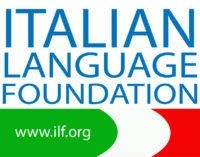

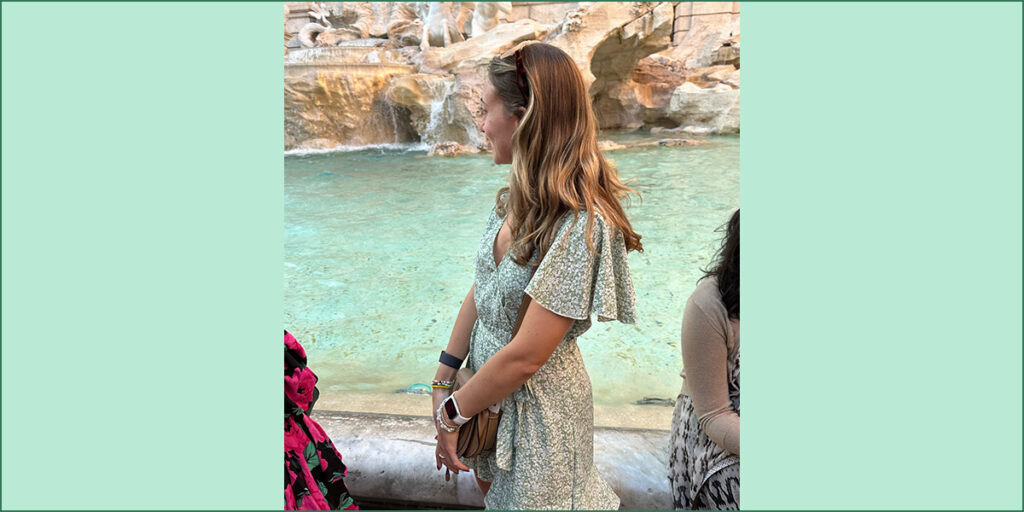

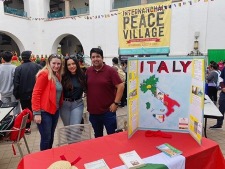
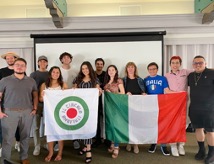

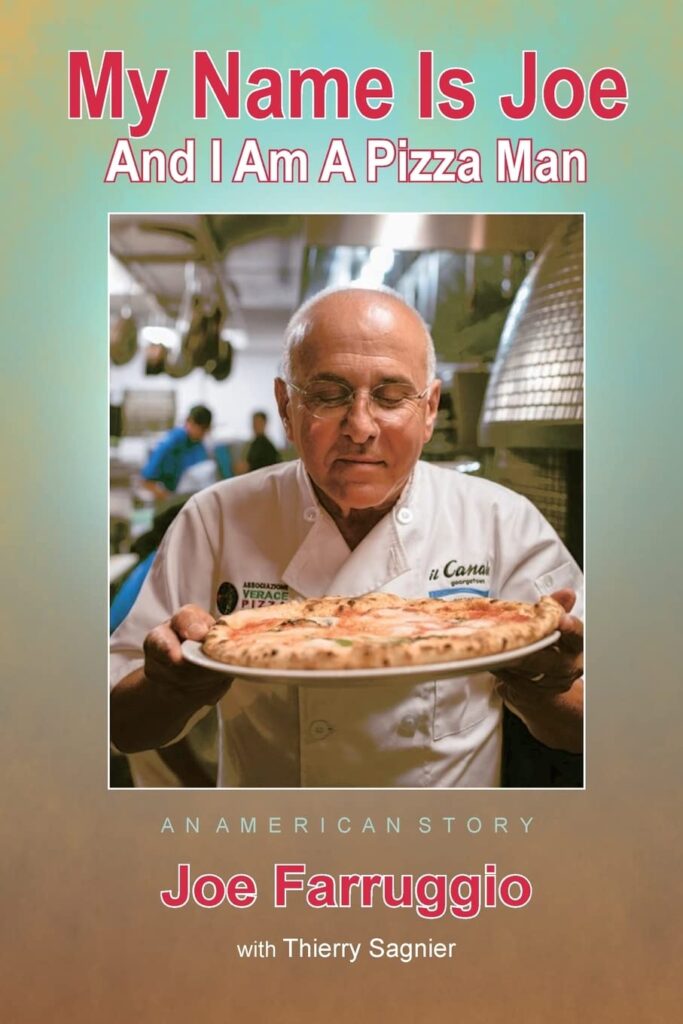
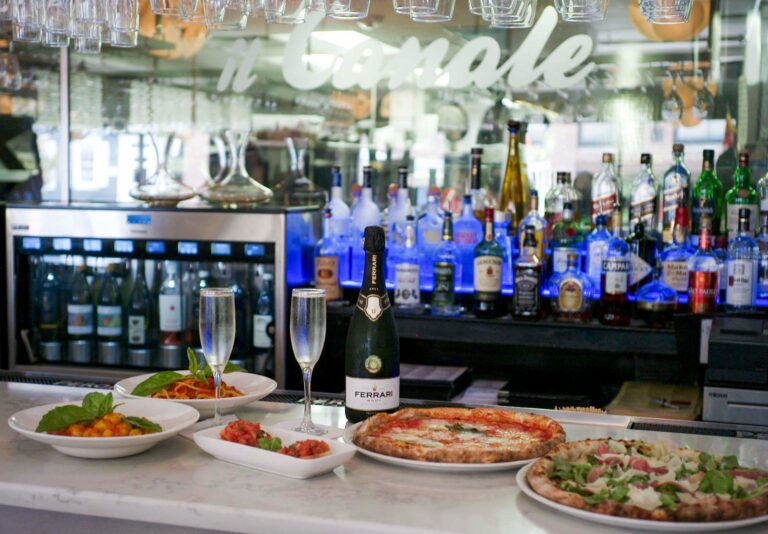

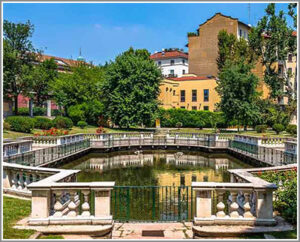 The Guastalla Garden ranks among the smallest and oldest parks in all of Milan. It was founded in 1555 at the behest of the Countess of Guastalla and remained private until 1939.
The Guastalla Garden ranks among the smallest and oldest parks in all of Milan. It was founded in 1555 at the behest of the Countess of Guastalla and remained private until 1939. 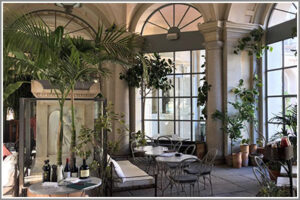 LùBar is one of Milan’s most famous bistros, a small bar located inside a museum – the Villa Reale in Palestro.
LùBar is one of Milan’s most famous bistros, a small bar located inside a museum – the Villa Reale in Palestro.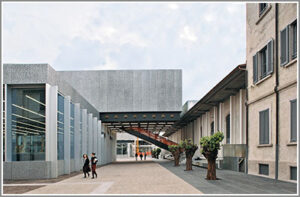 We conclude by mentioning the beautiful Fondazione Prada, a contemporary art lover’s paradise.
We conclude by mentioning the beautiful Fondazione Prada, a contemporary art lover’s paradise.